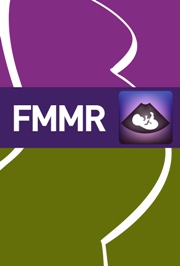Article contents
PREMATURE CERVICAL CHANGE AND THE USE OF CERVICAL CERCLAGE
Published online by Cambridge University Press: 01 February 2007
Extract
Preterm birth and its subsequent consequences continue to be a major challenge worldwide. In the United States in 2004, 12.5% of infants were born preterm, making the annual societal economic burden associated with preterm birth in excess of $26.2 billion (and this is a modest estimate). Spontaneous preterm birth accounts for about 75% of all preterm births; however, at earlier gestations iatrogenic preterm birth accounts for a greater proportion of all preterm births; at 27–28 weeks 50% are iatrogenic. The proportion of babies transferred to the neonatal unit is more than 90% for those born before 33 completed weeks of gestation compared with 31% at 36 weeks; delivery between 33 completed weeks and 36 completed weeks has a relatively low morbidity and mortality. Nonetheless, 1 in 3 children born preterm but beyond 32 weeks have educational and behavioural problems at the age of 7, with 1 in 4 children born between 32 and 35 weeks requiring support from non-teaching assistants at school. Although more than 40% of babies at 35 completed weeks show signs of maturity, some still need ventilation at 38 completed weeks. Almost one-fifth of all infants born at less than 32 weeks gestation do not survive the first year of life.
- Type
- Research Article
- Information
- Copyright
- Copyright © Cambridge University Press 2007
References
REFERENCES
- 8
- Cited by


